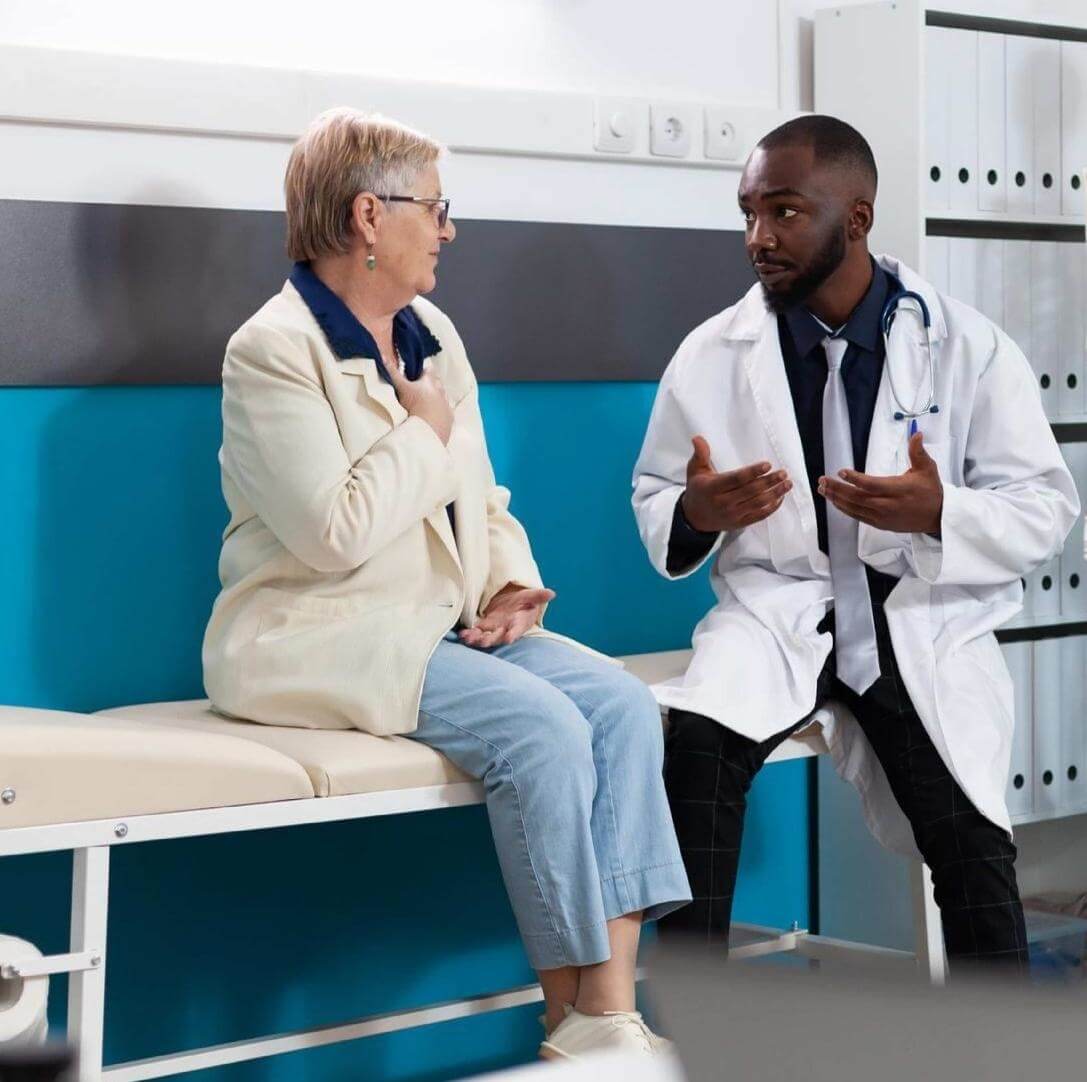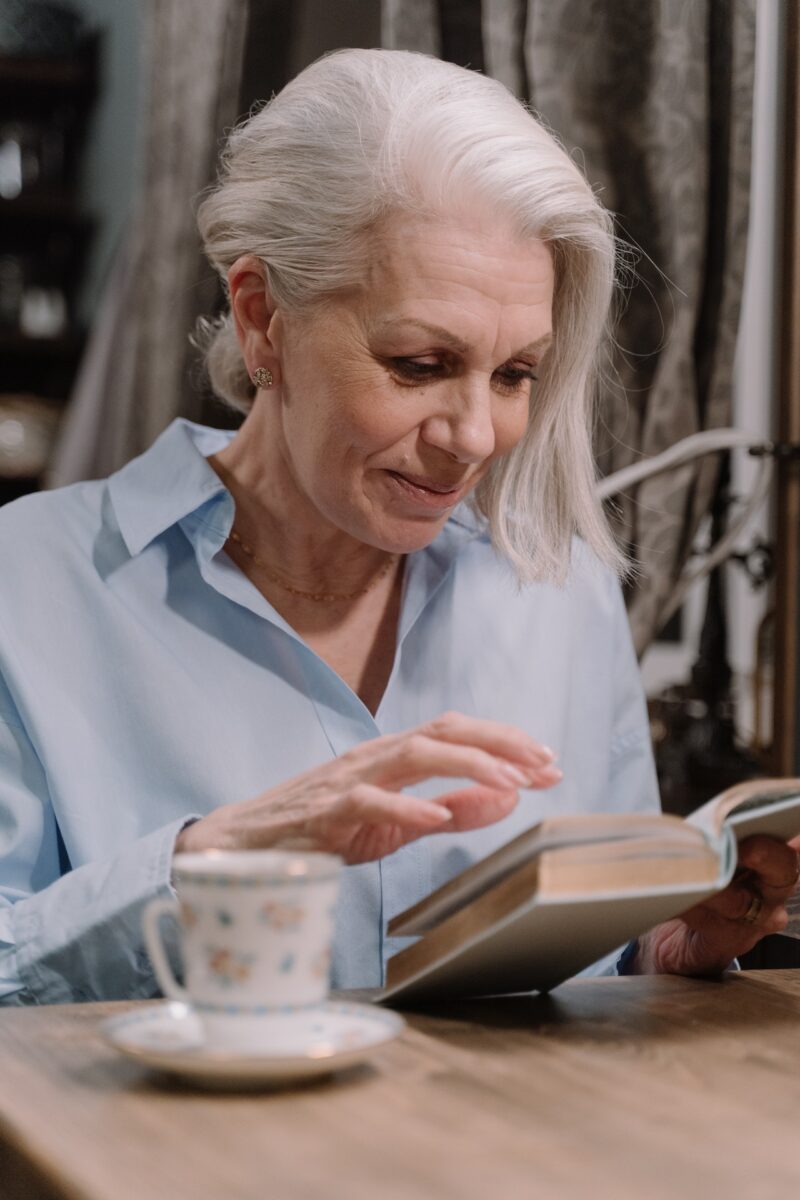OCCUPATIONAL THERAPY
What Is Occupational Therapy?
Most people, when they think of the word occupation, consider it to be primarily a synonym of vocation or simply job. They consider occupational therapy, then, to be a sort of treatment that is reserved for working-age adults to help them deal with workplace injuries and stress, so they can continue to do their jobs. This is indeed a valuable area of expertise, but it is more properly called occupational medicine.
For those of us who work in home health care, occupation is a term of art that refers not to job or working, but to meaningful life activities. These activities are specific to each person and are a part of a person’s identity and self-image. Think about the many enjoyable things that you do easily throughout the day: text someone, press buttons on a remote control, throw toys for your cat, play pat-a-cake with your child; all such activities, which require a measure of dexterity and bodily control, encompass a broad swathe of what you enjoy in life and what you like to do. How would you feel if you couldn’t perform such simple actions, or could perform them only with great pain?
It’s easy to see why UCLAHHC must include dedicated occupational therapists in our cohort of health care professionals. Helping people do what they love best can only improve their recovery from whatever ails them, and it helps our patients maintain a positive self-image even as they undergo difficulties.
What Our Occupational Therapists Do
Some activities are common to all people. Everybody needs to bathe, get dressed, and grasp a drinking glass. Other activities are more specific to individuals, such as playing musical instruments, sewing, or typing on a keyboard. So, the first thing our occupational therapist needs to do is discover what meaningful life activities the patient would like to do but struggles with. Consulting with the patient and family, the therapist can identify what the patient would most like to be able to do and what impediments stand in the way of her doing them. With the list of these activities in hand, the therapist is poised to offer assistance and provide recommendations that will most improve the patient’s life.
Sometimes the therapist’s recommendations involve simply changing the patient’s surroundings and possessions. Mugs are easier to handle than smooth-sided drinking glasses. A touchscreen e-reader is lighter and easier to use than a thousand-page hardcover book (enlarging the font size is a not inconsiderable help, as well). Zippers might be easier than buttons to fasten, or vice versa. These easy changes can greatly benefit the patient’s mental health, allowing her to continue pursuing activities without difficulty.
But occupational therapy helps patients maintain control over their bodies, too. Injury and illness can cause a patient to lose feeling or muscular control; our therapist can help the patient compensate for the loss of sensation or control. Exercises are often assigned to strengthen and limber the fingers, helping with fine motor tasks. Hospitals and clinics rarely allow patients to participate in their favored activities, so these skills tend to stagnate or degrade during a hospital stay. Once the patient can return home, our therapist can help the patient regain her dexterity.
Dementia and other mental afflictions can take away one’s ability to participate in activities as surely as injury does, but our therapist can play a role for these patients as well. By changing the patient’s environment, health care staff can ensure that the patient with dementia can still participate in meaningful activities safely.
Specific Examples
Eating and drinking
Utensils with large handles are easy to handle, and mugs and knobby cups are easier than smooth glasses. Consider the food itself when accommodating a person with limited dexterity: foods that can be picked up with the fingers or stabbed with a fork are likely the easiest to consume. Soups are easy to spill; slabs of food are hard to cut through; spaghetti is difficult to twirl onto a fork. UCLAHH’s occupational therapist will familiarize himself with the patient’s recommended speech therapy and combine the two disciplines to discover which foods are easiest to convey to the mouth and swallow.
Opening doors
Knobs are notoriously difficult to turn for people with grasping impairments, so much so that many municipalities are forgoing knobs in favor of levers to improve access for people with disabilities in cities. This is an easy improvement that family caregivers can perform for the benefit of their ailing loved one.
Bathing
Stepping into bathtubs is difficult for many infirm people. If possible, the patient should be housed close to a bathroom with a walk-in shower. It’s even better if the shower taps can be easily reached and turned without difficulty. Shower safety seats give the patient a place to conserve energy while bathing, and detachable shower heads let the patient wash thoroughly and easily
Dressing
This is a matter in which each patient’s capabilities can greatly affect solutions. Small, skinny, tight buttons are hard to fasten, but even large, fat, loose ones might prove too difficult for someone with impaired hands. Zippers might be best for some, but inserting the zipper and pulling it up requires a combination of dexterity and strength. Clothing that is simply pulled on requires less dexterity, but reaching the arms over the head is challenging for some. Our occupational therapists investigate each patient closely to find out what clothing options will allow her to dress with as little assistance as possible
Occupational vs Physical
These two disciplines are complementary but separate. Physical therapy is primarily concerned with improving the patient’s ability to move, and so there is an emphasis on walking, sitting and rising, and developing strength related to those functions. The occupational therapist, in contrast, identifies specific activities that the patient would like to perform and creates a plan that allows the patient to continue doing those activities. Both forms of therapy are a necessary component of UCLAHHC’s offerings. Together, they can have a greater positive impact on patients’ lives than either of them alone.


